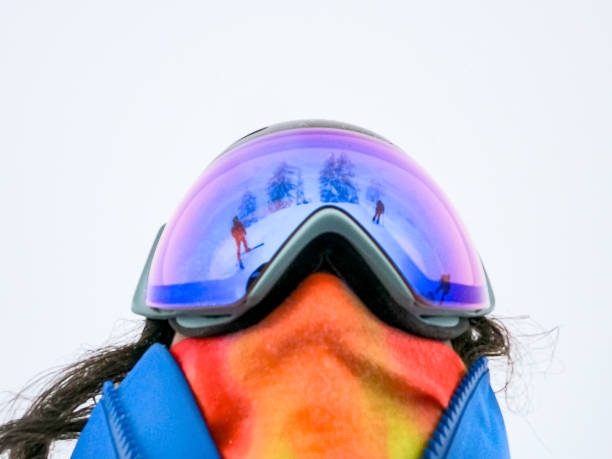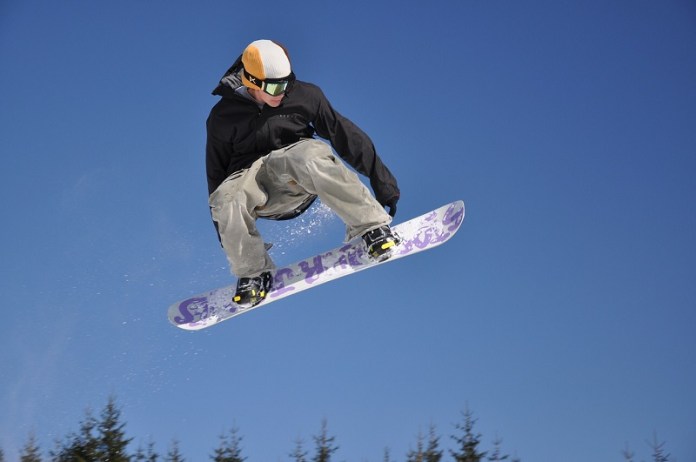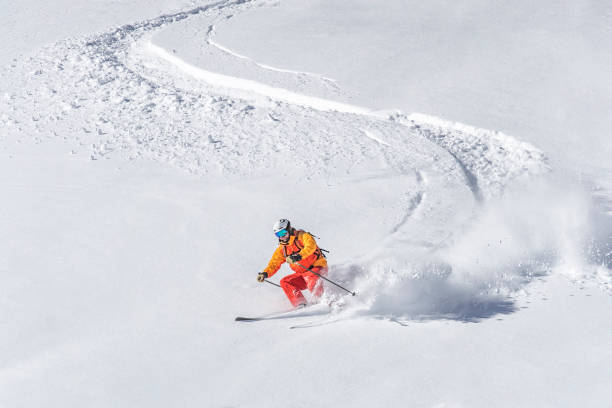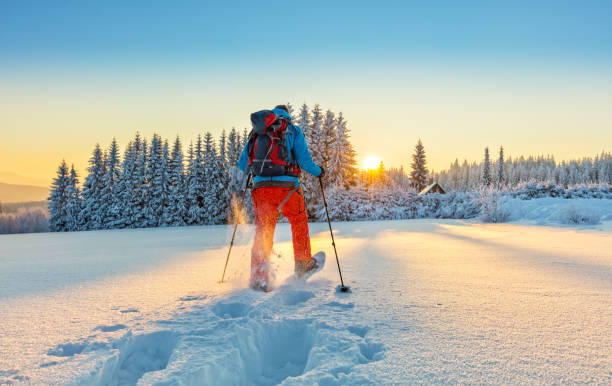No matter if you are a novice at skiing or have been practicing it for a while, there’s always a fascinating new skill to learn that can improve your abilities. Factors such as the terrain, weather conditions, and quality of the snow are always shifting. Consequently, it’s imperative to grab each chance for advancement, equipping you to overcome any challenges in your next skiing adventure.
Tips for Beginners
It looks easy when you see skiers glide through the snow, but in reality, skiing takes time to learn. So, don’t worry if you don’t get to ski gracefully the first time to try. The following tips can help you if you’re just learning how to ski.
Sign up for a Lesson
Getting trained by a ski instructor will surely provide you a pleasant experience in learning how to ski. If you’ve already started skiing on your own, having professional guidance from an instructor will improve your skiing. An instructor can oversee your move and will provide you techniques for a better ride.
Be Patient
As mentioned, skiing takes time to learn so you really have to bring a lot of patience as you learn. If you’re talented enough and you have athleticism in you, you can probably improve within the day. However, if you’re not, you should take it slow and do not rush into getting all the fundamentals in a day. Focus on the basics until you get the hang of it, then move on to the next-level technique.
Get the Right Gears
If you don’t have your own ski equipment, that’s okay. You can always rent. But having appropriate clothes to ski is on you. Avoid wearing cotton under the layer. It is recommended to get a thermal layer on your skin before layering other clothes. A water-proof outside layer can do you good. There are boots that can be rented but make sure it fits your feet right to avoid pain and callouses. Other items that you should have are gloves, a helmet, anti-fog goggles, and sunscreen.
Go to the Right Place
Ski resorts offer different terrains and landscapes that will excite you to ski. Go to resorts that have excellent groomed snow, family programs, and lessons to provide you with an environment that is conducive to your learning.
As a beginner, you shouldn’t rush into skiing the extreme terrain. Green runs or beginner runs are not as steep and groomed – perfect for practice and learning.
Learn the Basics
There’s a great chance that you will fall down on your first few tries, it’s simply inevitable. So, do whatever you can to lessen the opportunities for you to fall. Learning the correct stance is a priority. The way you stand with skis on your feet plays an important role in keeping you upright when you start sliding.
To put you in a stable stance while skiing is to keep your feet shoulder-width apart, toes pointing inwards, and heels apart. Keep your arms out while holding the poles. If you get the stance right you can proceed with moving.
Sliding to move is easy you just have to keep your stance, direction, and speed in order. To go where you want to go, veer the skis to the direction you wish to go. You have to learn how to control your speed to avoid injuries to you and to others. To slow down, position your toes towards each other while getting your heels further apart in such a way that the snowplow is wider at the back and the ski tips have a small gap in between.

Best Practices
Skiing is a physical sport that will involve your upper body and lower body. It is important that you know the right stance and movements for you to be able to nail the techniques for an awesome run.
Bend Your Knees
This basic movement is the main stance you have to keep in mind and of course in your body. Bending your knees will allow you to have better control of your skis as it forces you to shove your shins to the front of your boots. This squat position provides you with balance by centering your upper body above your legs.
Flex and Extend your Legs in Bumps
Work your legs to act like shock absorbers by actively flexing and extending your legs when going over each mogul. As you go over each bump, pull your feet and knees up. You can fully extend your legs when you cross between the valleys.
Look at the Right Direction
In every aspect of moving it’s always best to look where you are going. Look ahead especially for a downhill ski to get a better rhythm from turn to turn. Set where you what the tips to enter the fall line or the apex of your turn. But even before reaching the targeted point, veer your sight to the next apex to condition your body where to go next.
Have Confidence
Falling is part of the sport, especially if you’re just beginning to learn or even when you have been skiing for a long time and that’s okay. It should not be a reason to quit, you can always charge it to experience. Having a focused mind and confidence before you start to take on any terrain will boost your chance to make the movements and techniques right.
Adjust Your Tempo
Terrains are different each time which requires quick thinking and decisions when you make turns. Practicing your tempo will develop your turning skills. Try jumping from short to long turns while changing your speed. Training in your comfortable terrain with changing speed allows you to practice managing edge pressure and rapidness applicable for turning with your feet. Once you get the hang of it or even master it, you can easily carry out the concept to react in different places with different terrain.

Conclusion
There is a lot to learn about skiing that even professionals still find ways to improve their skiing. It’s a technical sport that will test your body and mind but it’s all worth it once you are able to have a run and feeling the excitement. You must put your safety above all else when doing a skiing activity.





